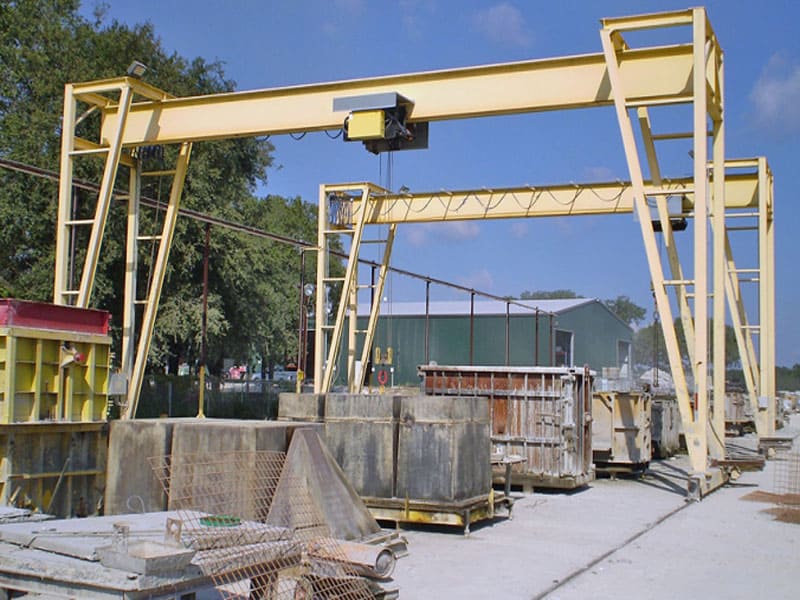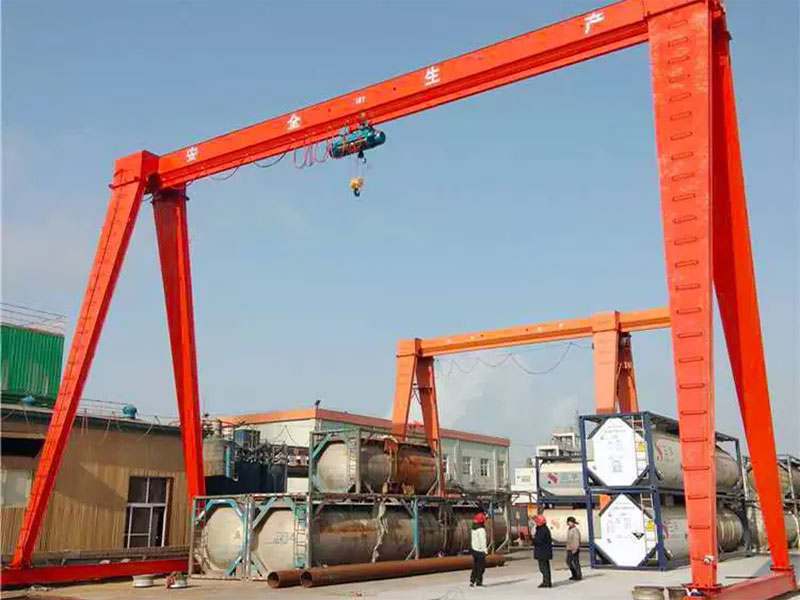A Single Girder Gantry Crane is a versatile lifting solution widely used in various industries for material handling. Understanding its key components is crucial for ensuring optimal performance, safety, and maintenance. Here are the essential parts that make up a single girder gantry crane:
Girder: The girder is the crane's primary horizontal beam, typically made of steel. It spans the width of the crane and supports the load. In a single girder gantry crane, there is one girder, which is connected to the crane's legs. The girder's strength and design are critical as it bears the weight of the load and the hoisting mechanism.
End Carriages: These are located at both ends of the girder and are equipped with wheels that run on the ground or on rails. The end carriages allow the crane to move horizontally along the runway, facilitating the transportation of loads across a designated area.
Hoist and Trolley: The hoist is the lifting mechanism that moves vertically to raise or lower loads. It is mounted on a trolley, which travels horizontally along the girder. The hoist and trolley together enable precise positioning and movement of materials.


Legs: The legs support the girder and are mounted on wheels or rails, depending on the crane's design. They provide stability and mobility, allowing the single girder gantry crane to move along the ground or tracks.
Control System: This includes the controls for operating the crane, which can be manual, pendant-controlled, or remote-controlled. The control system governs the movement of the hoist, trolley, and the entire crane, ensuring safe and efficient operation.
Safety Features: These include limit switches, overload protection devices, and emergency stop functions to prevent accidents and ensure safe operation.
Each of these components plays a vital role in the overall functionality of a single girder gantry crane, contributing to its efficiency and safety in material handling tasks.
Post time: Aug-12-2024









